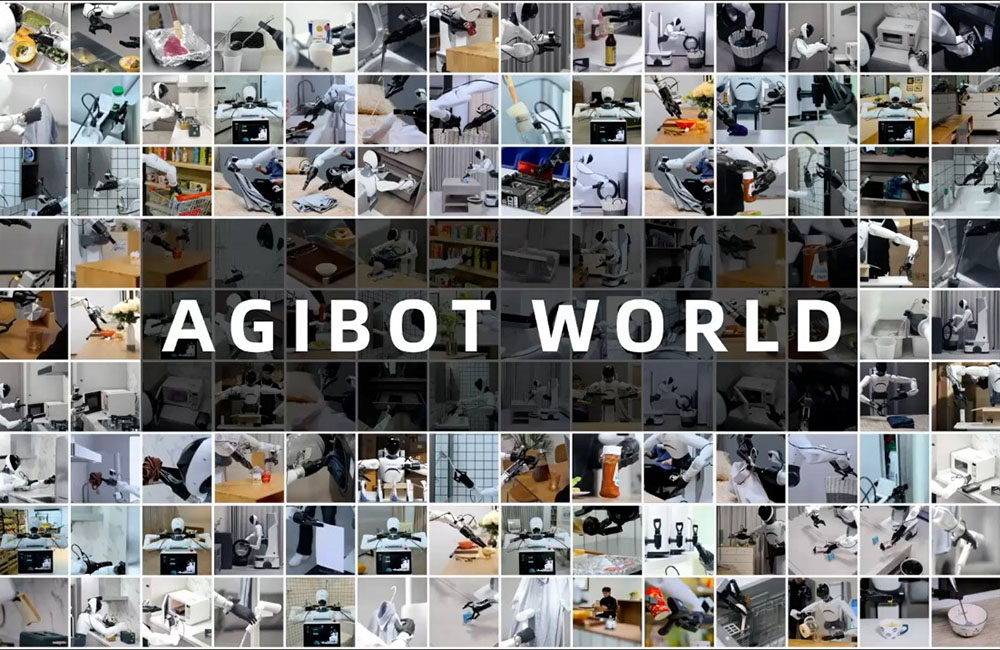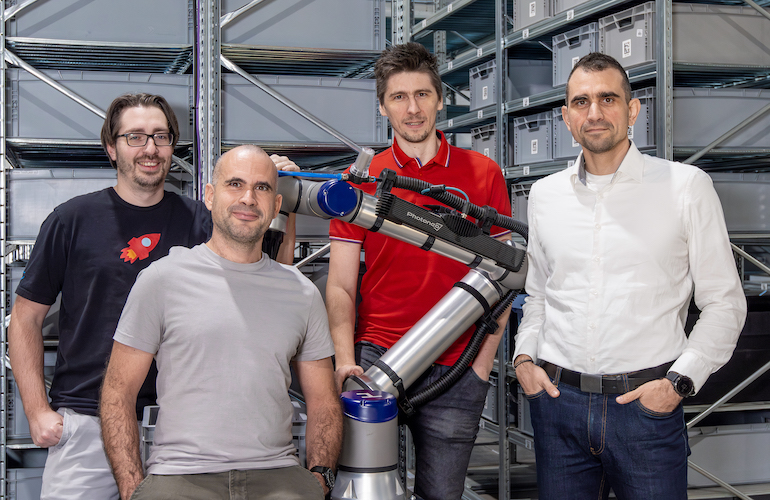
NVIDIA CEO Jensen Huang at GTC 2024 with images of many of the humanoids in development. The IEEE study group is evaluating humanoid robots and the need for standards. Credit: Eugene Demaitre
As humanoid robots garner widespread public attention, such systems will also need to stand up to safety and performance standards. IEEE’s Robotics & Automation Society today announced the formation of a new study group that will look into the current humanoid landscape and then develop a roadmap for future standards that various organizations can follow.
Aaron Prather, director of robotics and autonomous systems programs at ASTM International will chair the humanoid study group. The group is open to others across industry, academia, government agencies, and fellow standards development organizations (SDOs), said the Institute for Electrical and Electronics Engineers (IEEE).
The IEEE Robotics & Automation Society (RAS) has given the study group up to a year to produce the final deliverables. They include:
- A current landscape analysis of standards that can or cannot be applied to humanoid robots. An example of this would be how much of the current ANSI/RIA R15.08 Safety for Industrial Mobile Robots applies to humanoids.
- Identify current gaps in the existing standards framework. This includes any gaps in topics ranging from safety to performance that need to be addressed. The group also plans to identify gaps in areas such as industrial use versus home use or service use.
- Identify potential roadblocks in addressing the gaps found. This could be due to a lack of information or because not enough research has been done, or the technology is not yet at a state to justify developing a standard at this time.
- Develop a roadmap for future standards development that both addresses the gaps as well as mitigates potential roadblocks. The roadmap could also identify which SDOs are best fit to do the necessary work based on the ultimate goal for each standard.
Why develop humanoid standards now?
Interest in humanoid robots has exploded recently. From academics to industry, many people see humanoids the ideal form factor for addressing issues in a world designed around humans. Billions of dollars of both private and public money are being invested into humanoids. However, the lack of standards though could slow this development if not addressed quickly, noted IEEE.
“In the past, standards development organizations would wait to develop a standard until after robot had hit the market,” stated Prather, who will be speaking at RoboBusiness 2024. “However, humanoid robots are being developed so quickly for both the academic lab and the factory and warehouse floors, we really don’t have time to wait until the proverbial robot feet hit the floor.”
“By bringing key stakeholders across the spectrum together now, not only can we identify the current landscape and where the gaps and potential problems are, but we can [also] quickly get a roadmap out on what us SDOs need to work on and cut down on the time standards for humanoids are developed,” he added. “You can find the fastest path to your goal with a map to follow.”
Prather is a notable skeptic of the near-term value of humanoid robotics, but he told The Robot Report that one of the reasons he was asked to lead the IEEE study group was to ensure rigor and impartiality. Prather said he plans to have this study group’s first virtual meeting in July.
There is no limit on the number of participants or on how many people can help produce the final deliverables. However, the organization will give preference to those with crucial knowledge of humanoids and the standards-development process.
If you are interested in learning more about the study group and how to get involved, please visit this IEEE website: https://www.ieee-ras.org/industry-government/standards/active-projects/study-group-humanoid-robots

 6 months ago
92
6 months ago
92








 English (US) ·
English (US) ·